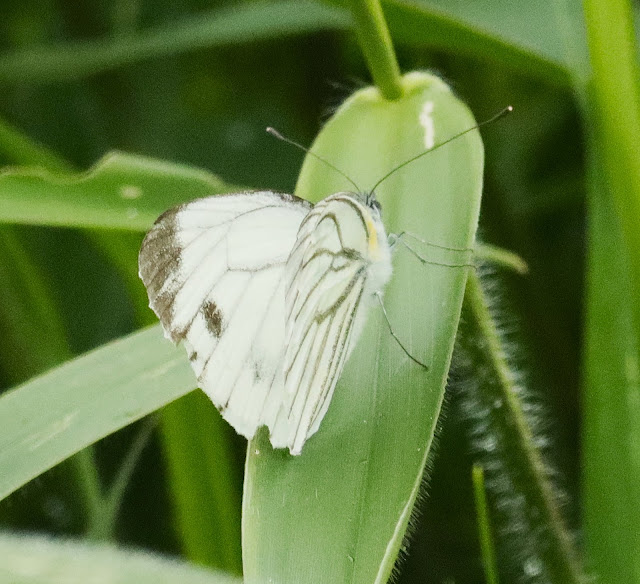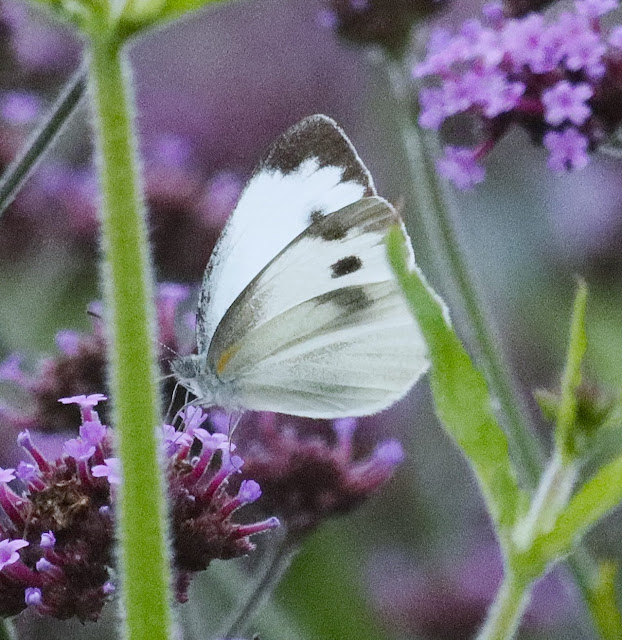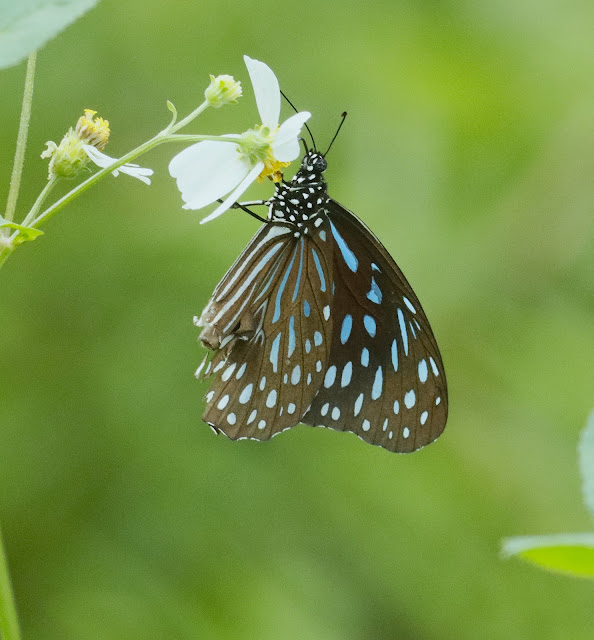Xin Chow ! which means Greetings in Vietnamese.
Completed a maiden trip to this part of the world. It's not a butterfly trip per se but I still got quite a number of nice looking endemic butterflies. In fact there were more butterflies than birds in this part of the region. Some of the butterflies here can also be found in Peninsular Malaysia which makes me think that a very long time ago, we could be in the same one large continent called Pangea.
Many of the photos here have been identified with the help from butterfly spotters who are more familiar or whom have been to this northern region like Mr Antonio and Mr GanCW. Most of the photos here are taken at an elevation of 1500 m asl.
I will start with those resident species.
Stichophtalma sp
This butterfly species is quite common in this region it seems. You can find many of its photos in iNaturalist but identifying it can be tricky cause it has many lookalike subspecies. It is as large as a Thaumantis species here like those Dark Jungle Glory. This one could be a Jungle Queen (Stichophtalma howqua suffusa) or maybe a Stichophtalma fruhstorferi.
Here is another species which you can't find in Malaysia.
Dark Clouded Yellow
Colias feldi
This photo was taken during a misty morning. It was also cold and windy that morning - a typical weather in the mountains which are unpredictable according to the locals here.
Dark Clouded Yellow
Colias feldi
These are Spot Puffin (Appias lalage).
The one indicated there looks like a Malayan Albatross.
Spot Puffin
Appias lalage
This is the only puddling group I saw. The rest seen are mainly individuals.
Green-veined White
Pieris erutae erutae
It sure looks like our Striped Albatross from this underside profile.
Green-veined White
Pieris erutae erutae
Indian Cabbage White
Pieris cadina
Here is another common species in this Northern region. You can find them almost everywhere.
Indian Cabbage White
Pieris cadina
They also fly like our 'Psyche' (Leptosia nina) over here.
Could this also be a Cabbage White?
Another Indian Cabbage White I believe.
This one looks a bit like our Common Rose (Pachliopta aristolochiae) but I think it's not.
Spangle Swallowtail
Papilio protenor
There are lots of flowers in this mountain region but not all of them attract the butterflies.
Strange looking flowers.
Now you will see some butterfly species which you should be more familiar with.
Chestnut Tiger
Parantica sita
This is a migratory species. I only saw one here.
Dark Blue Tiger
Tirumala septentrionis septentrionis
Common Evening Brown
Melanitis leda
Great Mormon
Papilio memnon
Note its red patch which is located more towards its FW apex.
Initially I thought this might be another resident Lascar but Mr Antonio says it was just a Common Jester (Symbrenthia lilea).
Common Jester
(Symbrenthia lilea).
Until we meet again.
KWANG ! COME URN !
(locally means Thank you !)
























































